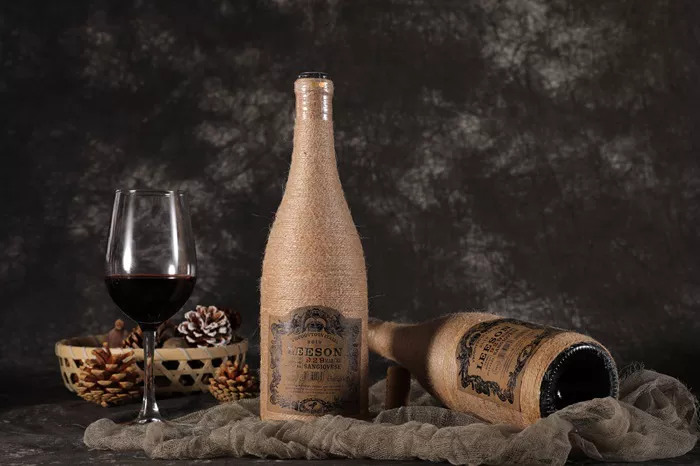In 2024, Loire wines reached their highest export value in 25 years, totaling €200 million—a milestone last seen in 2000. This performance contrasts sharply with the overall French wine export market, which experienced only marginal volume growth of 0.7% last year. Loire wines outpaced this trend with a 5% increase in export volume and a 5.9% rise in export value. A total of 55 million bottles were shipped abroad, representing 22% of the region’s total wine sales, up from 20% in 2023.
Camille Masson, president of InterLoire, emphasized the significance of these results for the region’s global standing. Exports have become a crucial driver of growth for Loire producers, and the 2024 figures solidify the region’s position as one of France’s most dynamic wine exporters. This progress aligns with the objectives set in the Loire 2030 plan, which aims to increase exports to 30% of production by the end of the decade.
The surge in exports was led by sparkling wines, which saw a 12% volume increase and accounted for 35% of all Loire exports. White wines also recorded solid growth with a 4% rise, making up 43% of the export mix. Conversely, red and dry rosé wines declined by 5%, and off-dry rosés dropped 2%, reflecting a broader global decline in rosé consumption. In revenue terms, sparkling and white wines contributed 80% of export earnings, while red and dry rosés maintained stable value, and off-dry rosés continued to decrease.
Germany remained the largest market for Loire wines in 2024, absorbing 22% of exports, followed by the United States at 16%, and Belgium at 14%. The United Kingdom and Canada completed the top five with shares of 13% and 7%, respectively. Most key markets showed growth, with the US up 6.7%, Belgium up 5.4%, and Germany up 2.3%. The UK and Denmark were exceptions, experiencing declines in export volumes.
Emerging markets also demonstrated potential, with increased export values to regions where Loire wines are less established, including the Baltic States, Italy, the United Arab Emirates, and Finland. This trend suggests expanding opportunities beyond traditional European and North American markets.
The rise in export value was partially driven by higher ex-cellar prices, which rose by 0.8% over the previous year and have increased by 17% over five years. This premiumization trend is particularly evident in white and sparkling wines from the region. Chenin Blanc varieties—including Crémant de Loire, Anjou, Saumur, and Vouvray—continue to enjoy international popularity. The Crémant de Loire appellation is set to celebrate its 50th anniversary in October 2025.
Looking ahead, InterLoire plans to consolidate its presence in established markets such as the US, UK, Germany, Belgium, and Canada, while boosting visibility in emerging markets like Denmark, the Netherlands, Sweden, Norway, Australia, and Japan. Masson attributed the success to coordinated efforts by regional producers to promote Loire wines on the global stage.
Home to over 2,200 wine estates and more than 300 wine merchants, the Loire Valley spans approximately 42,000 hectares of vineyards. Notably, about 85% of these vineyards are certified organic or managed under environmental sustainability programs. With these credentials and recent export achievements, the Loire is well positioned to strengthen its role as a significant player in the global wine industry, advancing toward its long-term goals of growth and sustainability.
You Might Be Interested In:


